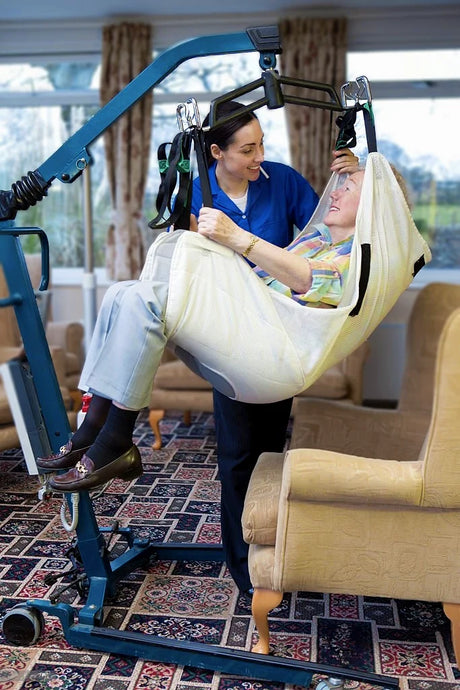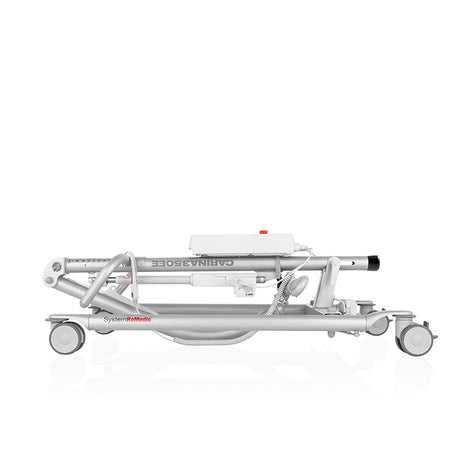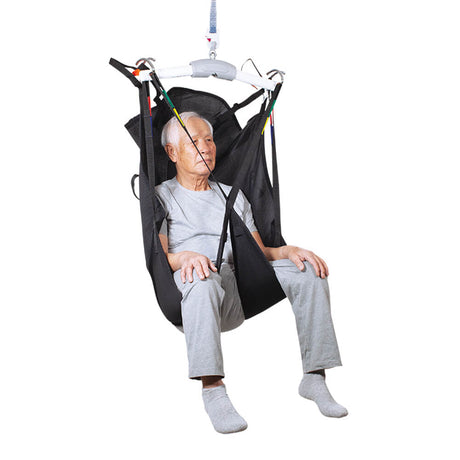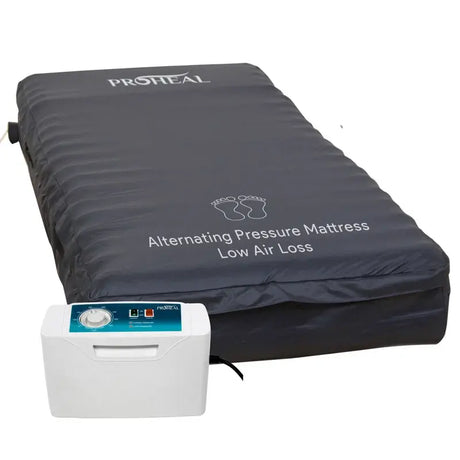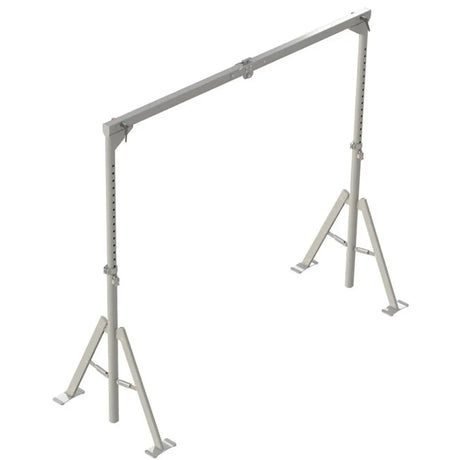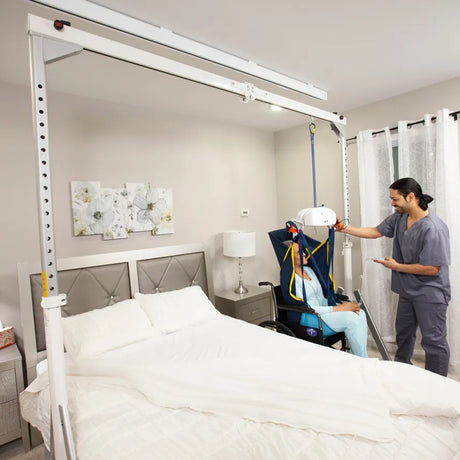Consultation with a Healthcare Provider:
The first step in determining your eligibility for a hospital bed at home is to consult with your healthcare provider. This could be your primary care physician, a specialist, or a therapist, depending on your particular condition. They will assess your medical needs and evaluate whether a hospital bed is necessary for your care and recovery.During the consultation, be prepared to discuss your current health status, mobility limitations, and any specific challenges you face in your daily life. Your healthcare provider will consider factors such as chronic illnesses, recent surgeries, or disabilities that impact your ability to use a regular bed. The goal is to establish a clear understanding of your medical requirements.
Medical Necessity:
To qualify for a hospital bed at home, it is crucial to establish medical necessity. This means that your healthcare provider must determine that acquiring a hospital bed will significantly improve your quality of life or aid in your recovery process. Common factors that contribute to medical necessity include the severity of your condition, the need for positioning assistance, or the prevention of complications like bedsores.Prescription:
Once your healthcare provider establishes medical necessity, they will provide you with a written prescription for a hospital bed. This prescription should include detailed instructions regarding the type of bed required, any specific features needed, and the duration of usage. Ensure that your healthcare provider clearly outlines the medical justifications for the prescribed bed to facilitate the approval process.Insurance Coverage:
Determining whether your health insurance will cover the cost of a hospital bed is an important aspect. Depending on your insurance provider and the specific plan you have, coverage for durable medical equipment like hospital beds may vary. Contact your insurer and inquire about the coverage requirements, documentation needed, and any copayments or deductibles that may apply.

Documentation:
To complete the qualification process, you will likely need to provide additional documentation beyond the prescription. This may include medical records, test results, a letter of medical necessity, or a detailed explanation of your condition. Gathering and organizing these documents ahead of time can streamline the approval process and help avoid any delays.Durable Medical Equipment Supplier:
Once you have obtained the necessary documentation and verified your insurance coverage, it is time to find a reputable durable medical equipment supplier. Working with a reputable supplier ensures that you receive a suitable hospital bed that meets your medical needs and offers excellent service and support.Delivery and Setup:
After acquiring the hospital bed, the supplier will typically handle the delivery and setup process. Ensure that the supplier provides thorough instructions on how to use and maintain the bed. They may also offer training to you and your caregivers to ensure safe and proper usage.Regular Monitoring and Adjustments:
As your medical condition may change over time, it's essential to have regular follow-ups with your healthcare provider. They can assess the ongoing need for the hospital bed and make any necessary adjustments to your prescription or medical equipment.In conclusion, qualifying for a hospital bed at home involves consulting with a healthcare provider, establishing medical necessity, obtaining a prescription, navigating insurance coverage, providing required documentation, and working with a reputable durable medical equipment supplier. By following these steps and maintaining regular communication with your healthcare team, you can ensure a smooth process in acquiring and utilizing a hospital bed for home use.



